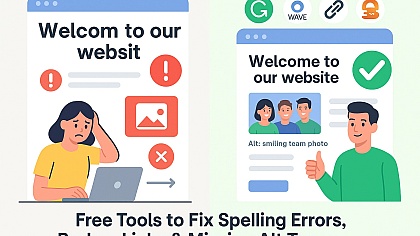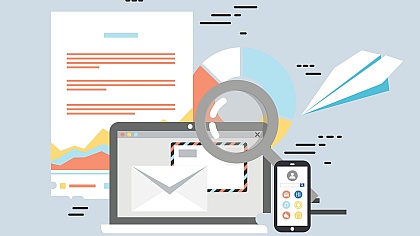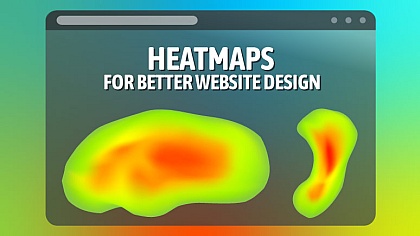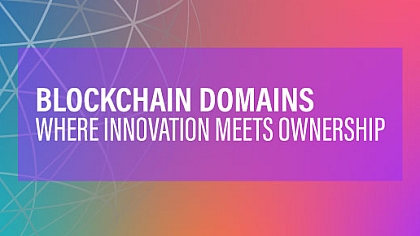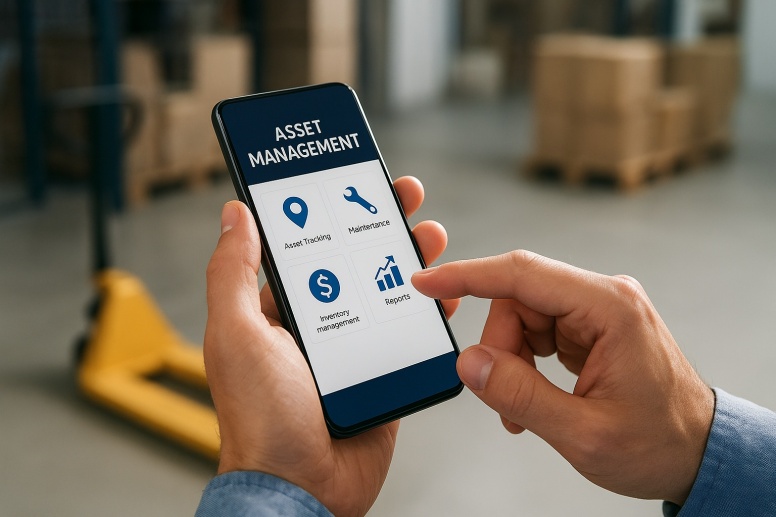
Mobile Asset Management Software: A Complete Guide for Teams
No organization does not require asset management. As a consequence of the growth in technology, smartphone asset management software has become an indispensable program for teams. This guide looks at how this type of software can help improve your operations, increase productivity, and provide you with real-time access to critical data.
A mobile asset management system allows teams to track and manage resources through mobile devices, offering flexibility that traditional methods cannot match. This comprehensive approach transforms how organizations handle their valuable assets across multiple locations.
Understanding Mobile Asset Management
This software allows you to track and manage your assets through mobile devices. This method is flexible, as the members can access the data from anywhere. This solution caters to a range of functions: asset tracking, maintenance scheduling, inventory management, and others.
Essential Features of Mobile Asset Management Software
Features in mobile asset management today make the process easier than ever. A key component is real-time tracking. It allows teams to view the location, status, and condition of their assets whenever they want. Also, users can be automatically alerted about scheduled maintenance or issues that may arise, so that nothing gets missed.
Another factor is stock control. This enables teams to maintain records accurately within the system to avoid shortages as well as overstock. This aspect is simplified even more by barcode scanning, making it easy to input the data quickly and precisely.
Benefits for Teams
There are various benefits of using mobile asset management software. First, it increases performance. Instant access eliminates questions at the time of decision-making. As a result, resource allocation improves and downtime is reduced.
Better communication is another benefit. Centralized data brings team members together, allowing everyone to share insights and updates more easily. It creates a more integrated workplace.
Cost savings are also notable. Implementing these will help organizations to dramatically minimize costs by maximizing asset utilization and eliminating wastage. This economic productivity translates into overall scalability and progress.
Selecting the Right Software
This requires careful consideration in the choice of your mobile asset management software. Teams need to evaluate the software capabilities based on their own needs. According to the General Services Administration, proper software evaluation is crucial for government and business operations. Consider ease of use, scalability, and integration with existing systems as top priorities.
Security is another critical aspect. Most importantly, data must be secured against fraud. There must be strong security protocols to protect sensitive information.
You also need customer support to be a part of it. Dependable help goes a long way, especially in the early stages of rollout. Quick support is all about addressing any glitches promptly to keep the business running for continuity.
Implementation and Training
There is a systematic process for software onboarding. The first step is to do initial planning with respect to setting specific timelines. It helps to keep the project on the right track, along with every stakeholder on the same page.
Training is critical to successful adoption. Comprehensive training sessions provide familiarity with the software functionalities to the team members. This allows them to effectively use the tool to its maximum potential.
Continuous evaluation is equally important. Periodic performance checks and usage of the software keep its capability visualized for the changing needs and make necessary refinements in time.
Challenges and Solutions
Mobile asset management software comes with a lot of benefits, but there can be some challenges too. Another common issue is reluctance towards change. This is where involving your team early in the process and discussing the long-term impact may pay dividends.
Technical difficulties may also occur. So having a dedicated team can solve these issues effectively and with the least or no disruption. Ongoing updates and maintenance help to keep the software operational.
Future Trends in Asset Management
Mobile asset management software has come a long way and continues to innovate with advances in technology. They are integrating artificial intelligence and machine learning to offer predictive analytics capabilities. This allows teams to predict when maintenance is due and improve their asset utilization even more.
There are also emerging solutions hosted in the cloud. They provide improved accessibility and lower infrastructure expenditures. That kind of flexibility helps teams scale operations effectively.
Mobile asset management software becomes an asset for all teams that are aiming for fewer time-consuming tasks and increased productivity. Therefore, organizations can take advantage of it by knowing its functionality, advantages, and how to implement it. Keeping up with the trends will help teams be on the cutting edge of technology as it progresses.



